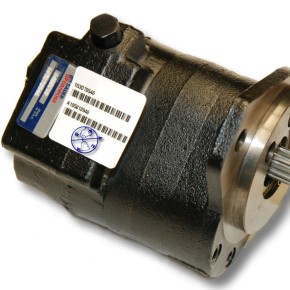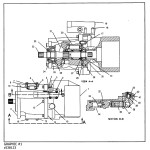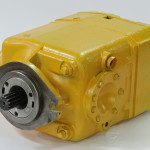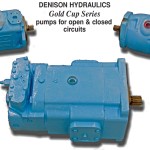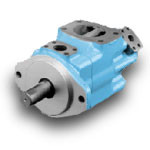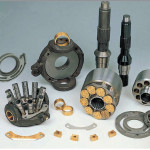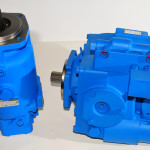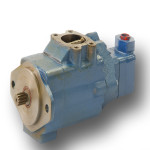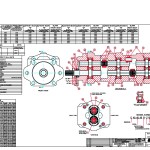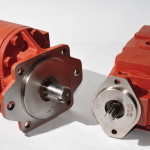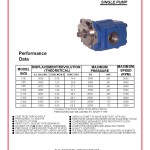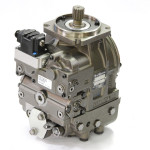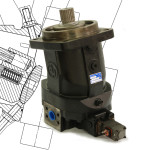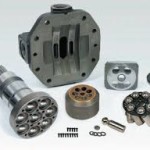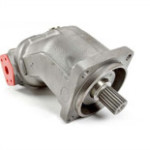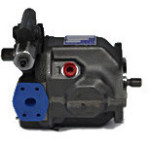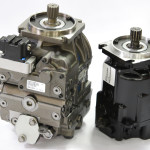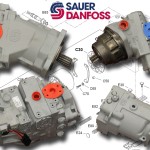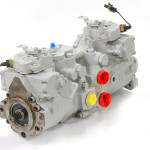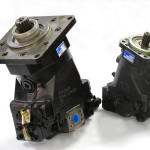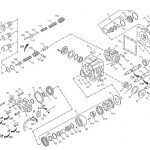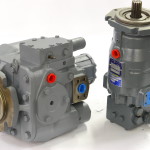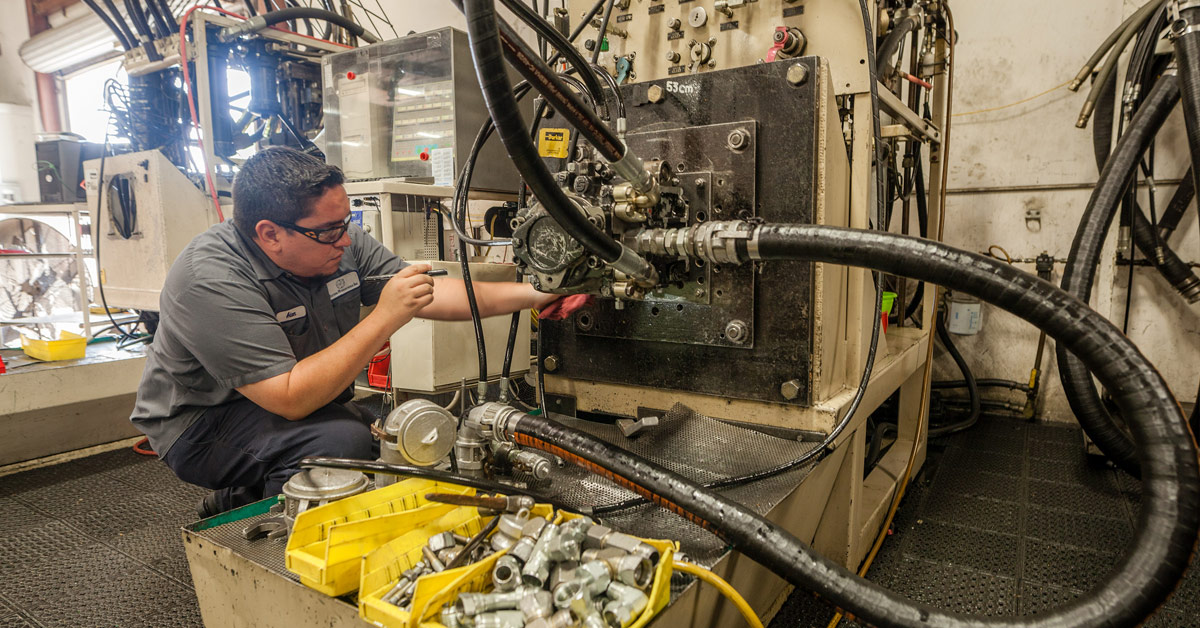
Hydraulic pumps are vital to many industries. But how do they work? What exactly do they do? How do technicians make sure they’re working properly, and what happens when they break down? Read on to learn some of the most important facts about these important pieces of equipment.
All About Hydraulic Pumps
Hydraulic pumps, as the name suggests, were originally designed to move water. But at their simplest, they convert mechanical power into hydraulic energy — also known as pressure or flow — that can move any gas or liquid. There are a number of different designs that can perform this function.
For instance, a gear pump is a simple, efficient type of hydraulic pump which creates pressure by forcing liquid around a gear as it turns. Rotary vane pumps use a motor to turn vanes within a container, which push the fluid out of the container at a high pressure. Radial piston pumps consist of many pistons placed around a chamber, which create suction as they move into and out of the chamber.
Choosing the right pump depends on a number of factors. Technicians will typically consider a pump’s maximum pressure, its efficiency (the amount of energy fed in versus the amount of pressure produced), its noise level, how frequently it may break down, and how easy it is to repair.
Hydraulic pumps have many industrial applications. Smaller, simpler pumps may even be hand-powered, and they’re used in hydraulic power tools, hydraulic presses, and even hydraulic brakes.
More sophisticated and powerful pumps usually receive their power from an electric motor or an internal combustion engine. These pumps find use in many kinds of machinery, such as forklifts, conveyor belts, mixers, pallet jacks, injection molding machines, foundries, steel mills, oil rigs, and more.
Because these pumps are so vital to every modern industrial operation, properly maintaining and repairing them is critical. Companies like Western Hydrostatics specialize in repairing these pumps and their motors, so they continue to operate efficiently.
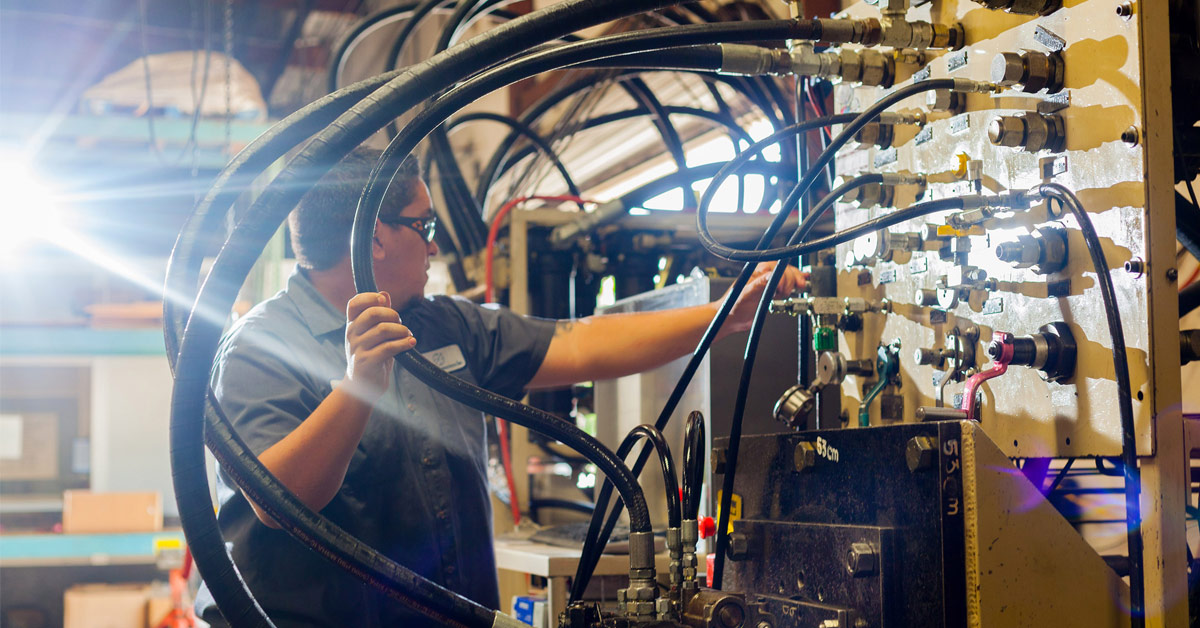
Hydraulic Test Stands
Hydraulic pumps can experience a number of problems that can slow or stop their function. For instance, clogs in the pump will reduce pressure in the system, and reduce the pump’s efficiency or even stop flow entirely. Pumps may create excessive heat, which indicates a lack of efficiency in the system and perhaps even a leak. If pumps are experiencing problems with insufficient flow (or simply too much pressure), they may cavitate, creating excessive noise and even damaging the pump.
It’s not enough to simply repair the pump and assume the problem’s fixed. Because pumps are so critical and their failure can result in many lost manhours, it’s important to inspect the pump regularly and thoroughly, and test it after repairs are complete and before sending the pump back into the field. Thorough testing may reveal other problems with the pump before they become critical.
One of the easiest and fastest ways to test a pump is to hook it up to a hydraulic test stand. These devices can manually or automatically test pumps, measuring their pressure, efficiency, temperature, and other vital statistics. With clear information about the pump’s performance under a number of conditions, mechanics quickly figure out what problems the pump has and how to repair it.
Hydraulic pumps are vital for many industrial applications. Unfortunately, they can face many serious problems in the field that can slow or even stop their efficiency. With regular testing and maintenance, and careful re-testing after repairs are complete, companies can increase their pumps’ efficiency overall and reduce the risk of costly breakdowns.
